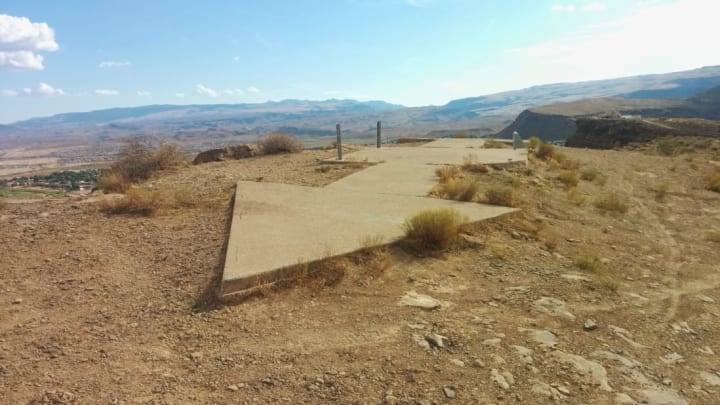Being an airmail pilot in the 1920s was a dangerous occupation—according to Half as Interesting, the average person in that profession died after just 900 hours of flying. One of the biggest dangers had to do with navigating at night; once darkness fell, pilots often had no idea where they were going. Aviation maps didn't exist yet, and this was decades before the days of GPS. For a while, pilots had to rely on giant bonfires next to landing strips. But eventually the U.S. government hit on a solution: thousands of giant glowing arrows, known as airway beacons, showing the way across the country. The arrows, accompanied by lighted towers and erected every 10-15 miles from New York to San Francisco, made airmail faster, cheaper—and most importantly, much safer for pilots.
By World War II, most of the arrows were scrapped as advances in radar and radio communications made them obsolete, but at least 121 still remain across the country. (CityLab notes that Montana still uses about 19 of them for pilots flying through the mountains.) And they haven't been entirely forgotten: The site Arrows Across America is devoted to photos and details of the remaining arrows.
You can learn more about how the arrows worked, and where they are now, in the Half as Interesting video below.
